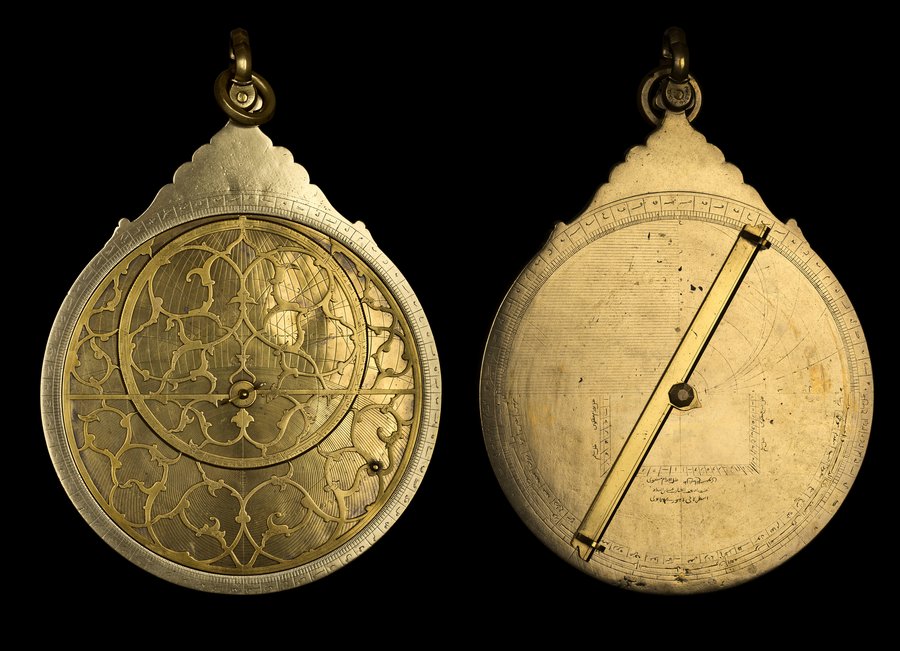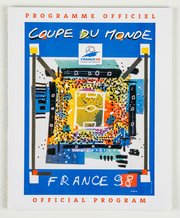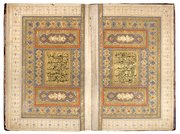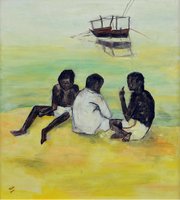
Planispheric Astrolabe
Museum of Islamic Art
- Title:
- Planispheric Astrolabe
- Artist:
- ‘Isa I. Asturlabi Lahuri Humayuni
- Production place:
- Lahore
- Date:
- 1600
- Period:
- Mughal
- Title:
- Planispheric Astrolabe
- Artist:
- ‘Isa I. Asturlabi Lahuri Humayuni
- Production place:
- Lahore
- Date:
- 1600
- Period:
- Mughal
- Material:
- Brass, Gold, Black compound
- Technique:
- Casting, Engraving, Inlaying, Openwork, Gilding, Riveting
- Dimensions:
- 39.3 × 26.5 × 5 cm
An astrolabe is an early scientific instrument representing a two-dimensional model of the celestial sphere. These instruments trace back to the Hellenistic period between 220 and 150 BCE but became popular as complex tools in Europe and the Islamic world from the early Middle Ages.
Constructed as inscribed discs, usually made of metal, such as brass or iron, astrolabes were used for measuring time (the time of the day and night, the month or the year), determining altitude and latitude or for observational purposes. They were, therefore, extremely useful in solving problems in the fields of geography, surveying and astronomy. This type of astrolabe, known as a ‘planispheric astrolabe’, allowed astronomers to calculate the position of the sun and other prominent stars.
This planispheric astrolabe made of brass was produced in 1010 AH/1600 CE during the Mughal period. It is signed on the reverse, which is called dorsum: “Made by the most humble of servants, 'Isa bin Ilah-dad Asturlabi Lahuri Humayuni”. Isa’s father was already a famous astronomer and astrolabe maker to the Moghul court, which shows that astrolabe makers mostly passed on their knowledge within the families.



